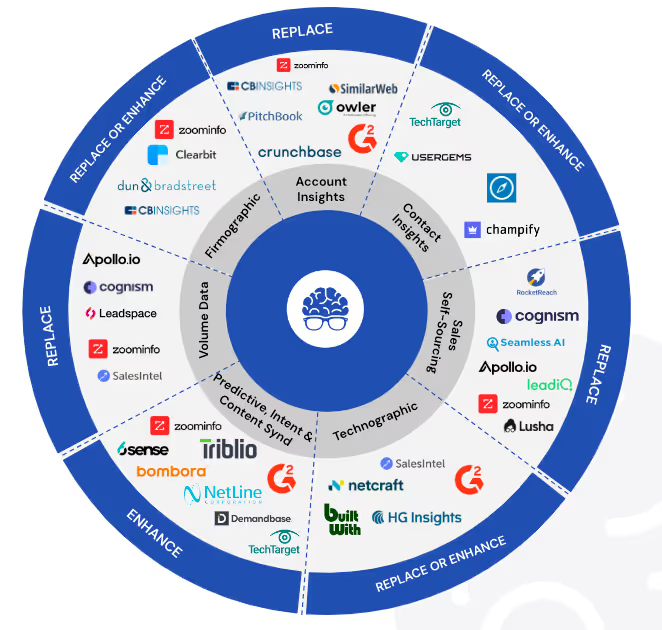In the realm of B2B sales, the concept of champion building often carries with it several myths and misunderstandings that can significantly impact the effectiveness of your sales strategy. This blog post aims to dispel these myths and offer practical advice on how to maximize the effectiveness of champion monitoring to best utilize it in your sales approach.
Myth: Building a Champion to Get to the Decision Maker
Many sales professionals operate under the belief that the primary role of a champion within a client organization is to serve as a bridge to decision-makers. However, this perspective overlooks the nuanced and critical role that champions play in the sales process.
Truth: Champions as Insight Providers
The true value of a champion lies not in their ability to connect you with decision-makers but in their capacity to provide deep insights into the organization's internal dynamics, priorities, and skepticism. Champions should be seen as strategic partners who can reveal who the skeptics are within the organization and what these skeptics are skeptical about. This information is invaluable because decision-making in modern organizations is largely consensus-based, with no single authority figure wielding unilateral decision-making power. Understanding the landscape of skepticism within the organization allows you to tailor your pitch to address these concerns directly.
Moreover, champions can offer insights into the organization's internal priorities, which is crucial for aligning your solution with these priorities. Without this alignment, your champion is merely a cheerleader, not a true ally in navigating the complex web of organizational decision-making.
Maximizing Champion Effectiveness
- Focus on Economic Impact: To gain access to authority, it's essential to dive deep into the economic impact your solution can offer. Discuss specific use case scenarios that highlight the pain points your solution addresses. Quantify these pains in terms of lost hours, delays, and the resultant impact on the company's growth. Connecting your solution to tangible financial benefits is key to engaging both champions and skeptics alike.
- Identify and Understand Skeptics: The path to authority is paved with skeptics. By understanding who the skeptics are and what they are skeptical about, you can tailor your engagement strategy to address these concerns. This requires a shift in perspective: it's not just about understanding your buyers but understanding the skeptics within the buying organization.
- Redefine the Buyer's Journey: The traditional concept of the Buyer's Journey is outdated. Instead, focus on the Buyer's Experience, emphasizing the Seller's Journey. This shift in perspective recognizes that the sales process is not a linear path to purchase but a series of interactions that shape the buyer's experience and perception of your solution.
Developing a Champion
To effectively develop a champion within the buyer organization, consider the following best practices:
- Establish Trust and Credibility: Your champion needs to believe in your solution's value and your expertise. This is achieved through consistent, value-driven interactions that demonstrate your understanding of their industry, challenges, and needs.
- Provide Tools for Internal Advocacy: Equip your champion with the necessary tools and information to advocate for your solution internally. This includes case studies, ROI calculators, and tailored presentations that speak to the specific concerns and priorities of the organization.
- Support Through Objections: Work closely with your champion to anticipate and address objections from skeptics. This involves preparing them with responses, data, and evidence that can help overcome resistance.
- Continuous Engagement and Feedback: Maintain an ongoing dialogue with your champion to gather feedback, offer support, and adapt your strategy as needed. This ensures that your champion feels supported and that your approach remains aligned with the organization's evolving priorities.
Conclusion
In conclusion, champion monitoring and development are critical components of an effective sales strategy. By debunking the myths surrounding the role of champions and focusing on the true value they offer, sales professionals can better navigate the complex landscape of B2B sales. Understanding and addressing skepticism, focusing on economic impact, and redefining the buyer's journey are key strategies for maximizing the effectiveness of your champion and, ultimately, achieving sales success.
Remember, the goal is to not just get to the decision-maker but to engage the entire decision-making apparatus of the organization in a way that positions your solution as the best choice to meet their needs and priorities.



